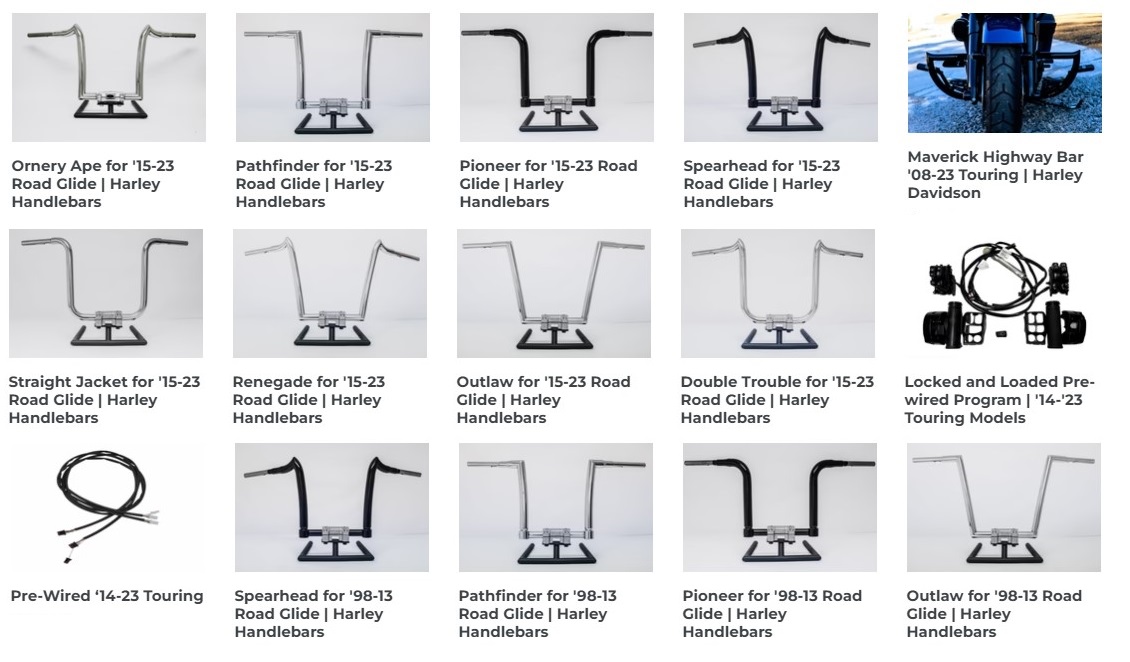The Greatest Guide To Motorcycle Boots
The Greatest Guide To Motorcycle Boots
Blog Article
How Motorcycle Boots can Save You Time, Stress, and Money.
Table of ContentsThe Main Principles Of Motorcycle Boots The Buzz on Motorcycle BootsThe Greatest Guide To Motorcycle BootsHow Motorcycle Boots can Save You Time, Stress, and Money.The Buzz on Motorcycle BootsIndicators on Motorcycle Boots You Should Know
The key parts of contemporary motorcycles are offered listed below.; this has been made use of all with motorcycle background however is currently ending up being much more common.It was extensively unpopular and generally considered as a poor idea at the time. Today it is a made use of on some "thumpers" (single-cylinder four-strokes) that typically have dry-sump lubrication calling for an outside oil container. It has since gotten some cachet in the contemporary custom-made bike globe as well due to the area savings it can pay for and the referral to an earlier age.
Any storage container for gas might be so called, the term is typically applied to part of an engine system in which the fuel is kept and thrust (fuel pump) or released (pressurized gas) right into an engine. A bike fork is the section of a motorcycle that holds the front wheel and allows one to steer.
Some Of Motorcycle Boots
The combination of rake and trail identifies how stable the motorcycle is. motorcycle boots. The 'fork' on a bike is composed of numerous elements. The triple trees (also referred to as yokes) hold the fork tubes (which contain the fork springtimes), and are attached to the neck of the framework by the steering stem.

, which needs both lubrication and change for elongation (stretch) that occurs with wear. The lubricating substance is subject to being thrown off the fast-moving chain and results in grime and dust accumulation. Chains do deteriorate, and excessive wear on the front and rear gears can be unsafe.
Conventional roller chain-drives experience the capacity for resonance, as the reliable radius of action in a chain and sprocket combination frequently transforms during the transformation ("chordal activity"). If a drive gear rotates at constant RPM, then the chain (and the driven sprocket) should speed up and decrease frequently. Most chain-driven motorcycles are fitted with a rubber bushed rear wheel hub to remove this vibration issue.
These chain oilers vary in elegance, but all add significantly to the life of the chain. The custom of lubing by immersing the chain in a tin of warm oil stopped in the early 1970s, once most chains had rubber "O'-rings.
An Unbiased View of Motorcycle Boots
They are not as long lasting when subjected to high horsepower as a chain. You can not modify the length and adjustment final drive proportions as easily as chains. And need bigger sheaves contrasted to chain sprockets to obtain an effective final drive proportion.
Inside the bell housing a bevel gear on the shaft companions with an additional on the wheel install. This arrangement is exceptional in terms of noise and sanitation and is virtually maintenance-free, with the exception of occasional fluid modifications.
Nonetheless, the additional gear sets are a source of power loss and added weight. A shaft-equipped motorbike may also be at risk to shaft impact. Essentially all high-performance auto racing bikes make use of chain-drive because they are the most mechanically efficient transmitting power to the rear wheel. A cable wheel and pneumatic bike tire on a Ural The wheel edges are normally steel or light weight aluminum (usually with steel spokes and an aluminum hub) or mag-type cast or machined aluminum.

Get This Report about Motorcycle Boots
There are tires made for dirt bikes, touring, sport and cruiser bikes. Dirt bike tires have knobbly, deep footsteps for maximum grasp on loose dust, mud, or gravel; such tires often tend to be less secure and noisier on paved surface areas.
Touring tires are generally made from a more difficult rubber substance article source for greater longevity, these may last much longer but often tend to offer much less straight-out grasp compared to sporting activities tires at optimal operating temperature levels. Touring tires commonly provide extra grip at reduced temperatures and can be much more matched to riding in cold or winter season conditions where a sporting activity tire may never ever reach its optimal operating temperature level.
These tend to have stronger sidewalls as they are commonly fitted to heavier devices. Motorsport or competing tires offer the greatest of degrees of grasp. Due to the high temperatures at which these tires commonly operate, use outside a racing atmosphere is More hints unsafe, generally these tires do not reach their optimal temperature level which provides less than optimal hold.
The Basic Principles Of Motorcycle Boots

This can lead to brake dive. Brakes can either be drum or disc based, with disc brakes being extra usual on huge, modern-day or extra pricey bikes for their much premium quiting power, specifically in damp problems. There are lots of brake-performance-enhancing aftermarket components offered for many motorbikes, including brake pads of varying compounds and steel-braided brake lines.
Report this page